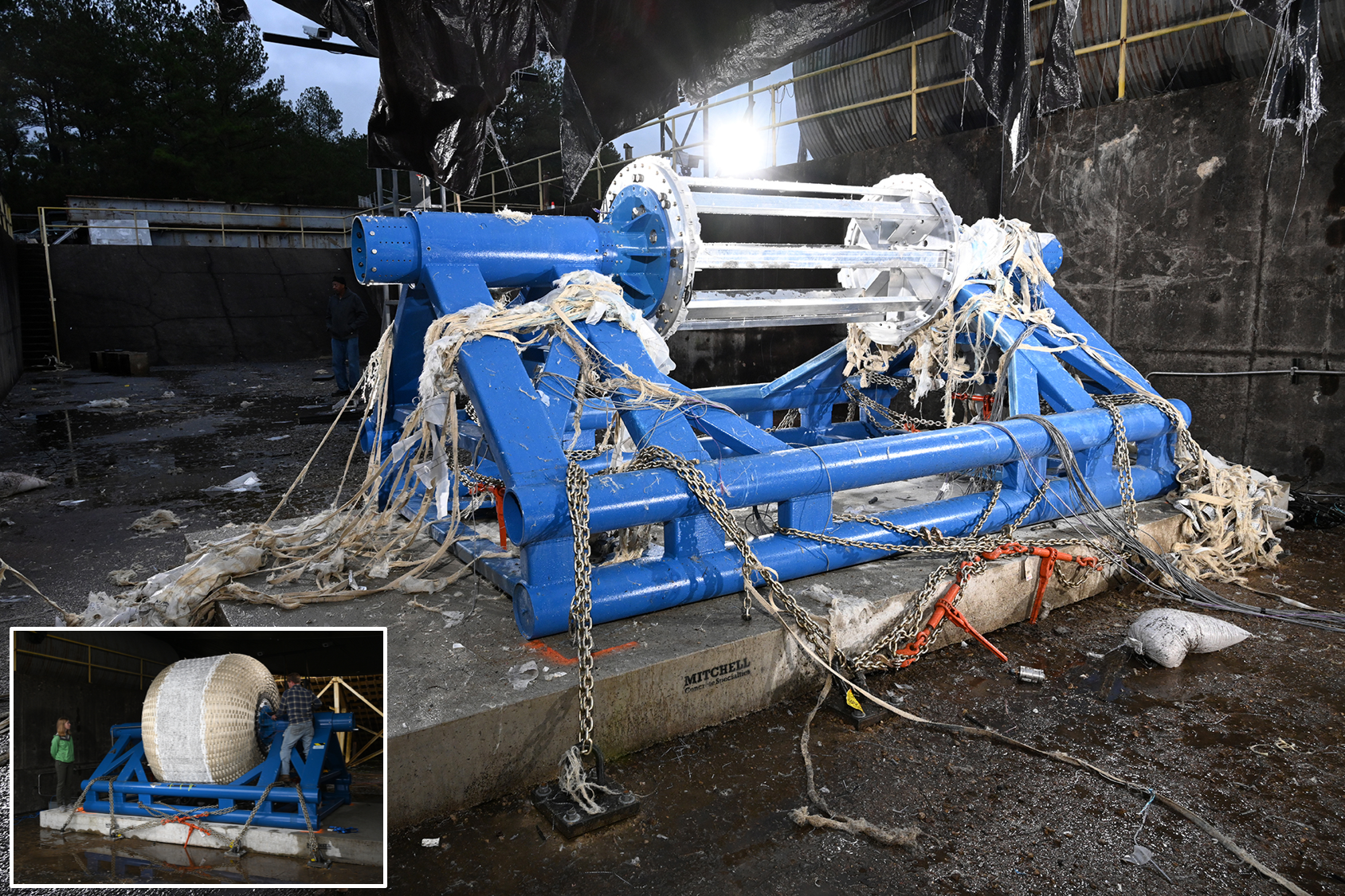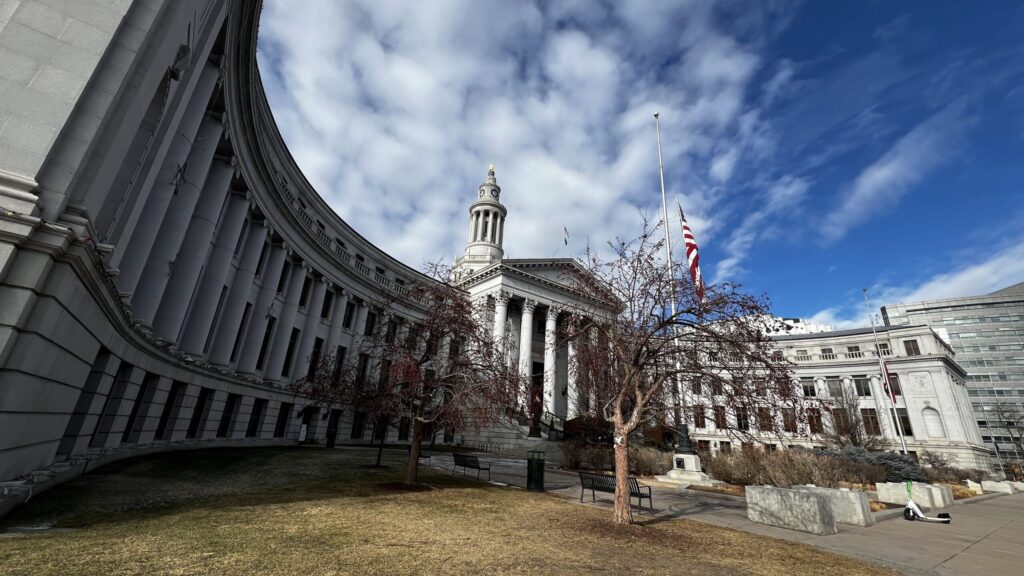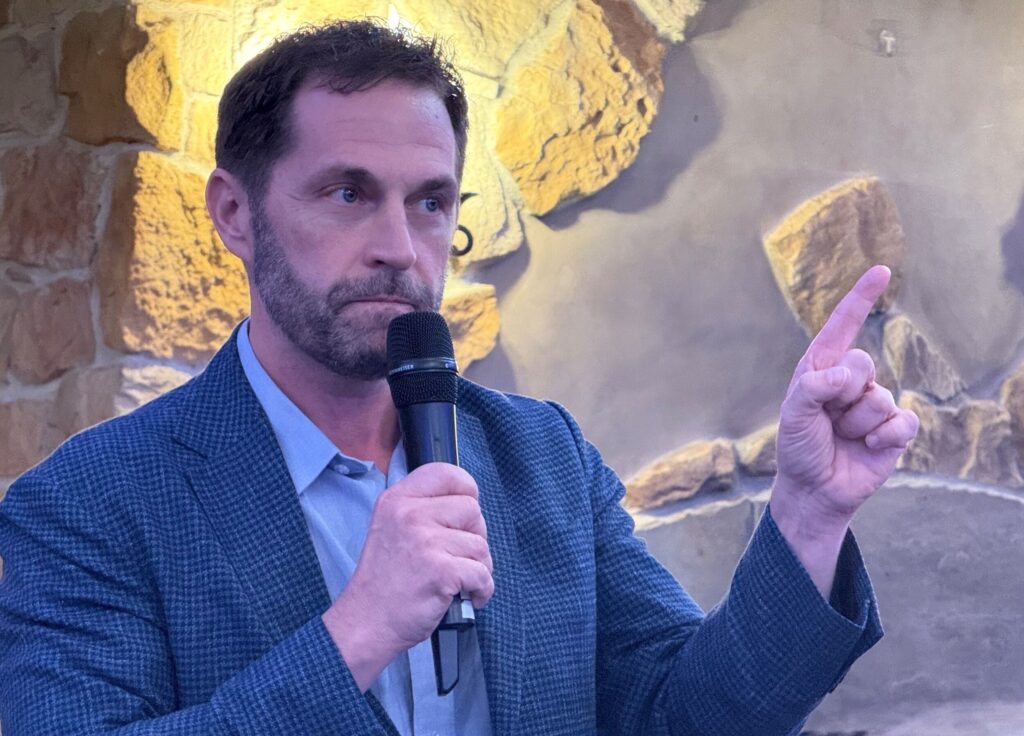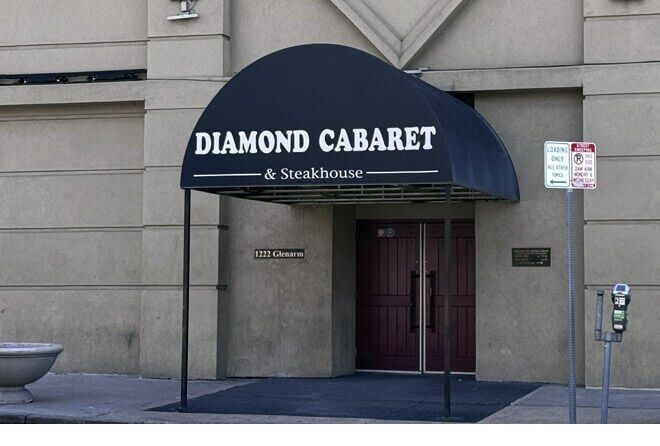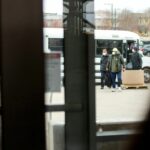Sierra Space, Lockheed Martin create human habitats for missions beyond the moon
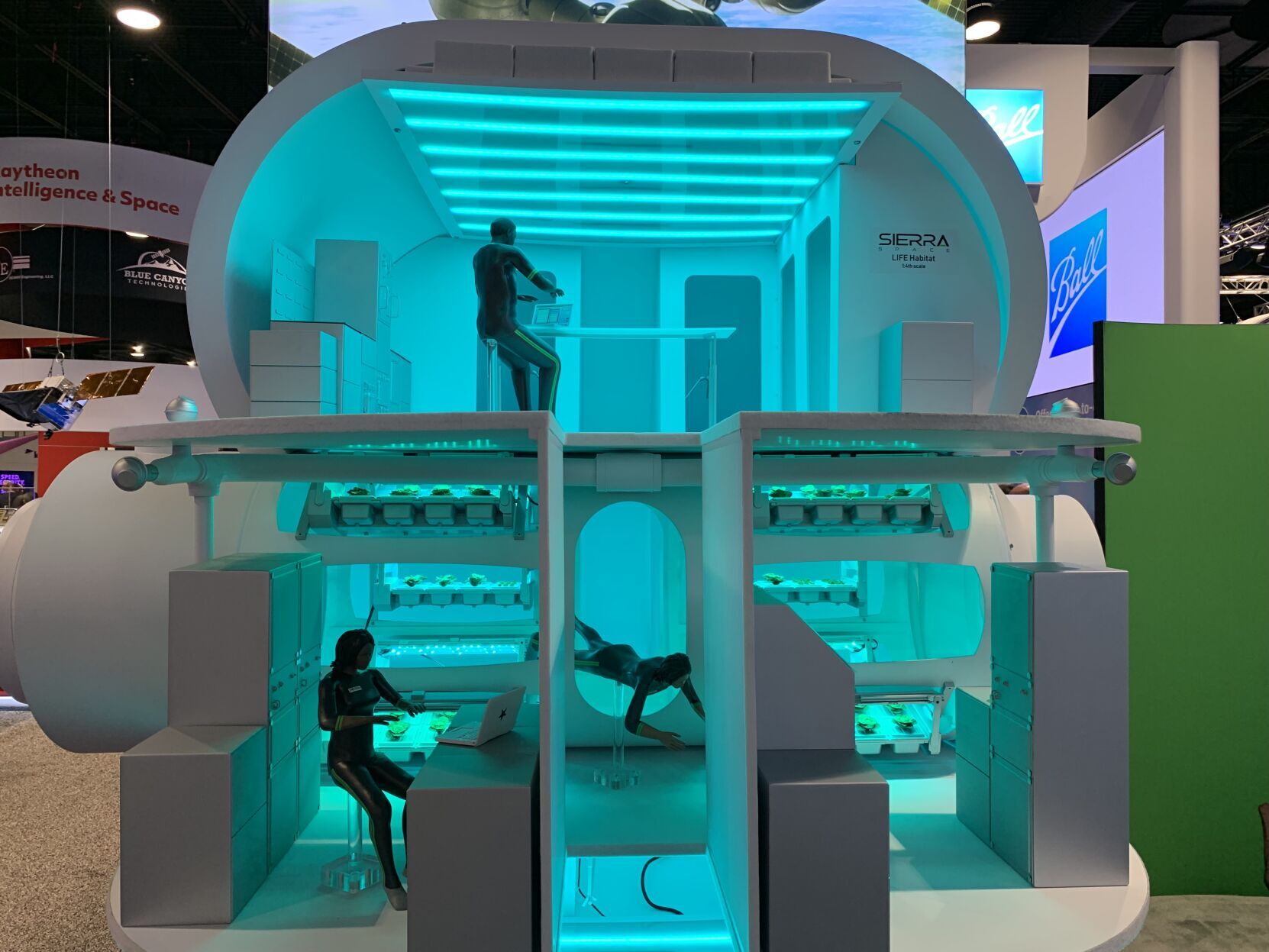
Two aerospace companies working in Colorado created competing space products that would allow for humans to live and work in space.
Sierra Space, a Louisville-based commercial space company, and Lockheed Martin, which has a large campus southwest of Denver, both created human habitats capable of withstanding space’s harsh conditions.
Asteroid mining company relocates to Denver from the Netherlands
Both issued news releases Tuesday announcing their respective company’s projects passed the “ultimate burst pressure” test. It’s a way to see how much pressure an inflatable habitat can handle unit it literally bursts. That determines the safety and reliability of the structure.
Both prototypes are also being tested through the NASA’s NextSTEP project, which is a public-private partnership that aims to find methods to support deep space exploration capabilities of human missions that go beyond the moon.
Sierra Space’s product, called a LIFE habitat (Large Integrated Flexible Environment), successfully completed its second sub-scale ultimate burst pressure test Nov. 15 that achieved a 204 psi burst pressure rate as announced on Tuesday. The first successful test was in July, which reached a maximum burst pressure rate of 192 psi. For reference, the safety requirement is 182.4 psi. The full-scale LIFE pressure tests will begin in 2023, which will be the passing test from NASA for the habitat’s primary structure to support human use in space. According to the company’s news release, Sierra Space is the only active commercial space company to complete multiple successful burst-pressure tests.
“This project will service many different opportunities for the new space economy, and the results of this most recent test and milestone are testament to the progress our team is making to enable the next chapter in space commercialization,” Sierra Space CEO Tom Vice said in a press release.
United Airlines purchases new Boeing ‘widebody’ planes
Sierra Space worked with NASA subject matter experts and ILC Dover for the test, which was conducted at the Redstone Arsenal in Huntsville, Alabama. The explosive test was held in the flame trench of the Saturn 1/1B test stand – the same space where NASA tested rockets for the Apollo program.
The Sierra Space model is currently being developed at NASA’s Kennedy Space Center in Florida. It is a three-story commercial habitation and science platform for low-Earth orbit, allowing human beings to live and work in space. The design is made from woven fabrics, referred to as softgoods, that will become a fixed structure when pressurized. The company is running critical risk reduction tests and assessing LIFE’s extensibility for various places in space, including the moon and Mars.
“Sierra Space is making incredible strides in the inflatable habitat technology development roadmap. In working with our partners ILC Dover and NASA, Sierra Space is quickly moving closer to softgoods certification,” Shawn Buckley, LIFE chief engineer and senior director of engineering at Sierra Space, said in the release. “This second successful UBP test proves we can demonstrate design, manufacturing and assembly repeatability, all of which are keys areas for certification.”
Lockheed Martin built its structure completely in-house and reached a burst at 285 psi. The structure had hundreds of sensors and was monitored by high-speed cameras to provide data points as to specifically where and how the habitat failed in the test. The company ran their test at the Lockheed Martin Space’s Waterton Canyon facility in Littleton, on a historically important Titan rocket hot-fire test stand.
CU Boulder Leeds report predicts record Colorado employment levels in 2023
“This tech demo is the first step in proving out our inflatable habitat design, which we are confident will be one of the key enablers to make human life in space easier and allow humans to explore further into space than ever before,” Tyler Muma, Lockheed Martin’s soft goods technology lead, said in the news release.
According to Lockheed Martin, these types of structures are more efficient as they have more volume per mass than other similar technologies and offer a better performance than metallic structures, are affordable and can be easily launched. There is an inflatable, human-rated module at the International Space Station that has been in use by NASA since 2016.
“Together, our two successful tests support validation of our design and manufacturing processes, increasing confidence in the reliability and capability of our inflatable habitat to meet all of our future customers’ performance needs, regardless of their specific uses,” Muma said.
Lockheed Martin is a Bethesda, Md.-based aerospace company that also has interests in arms, defense and information security. Almost 1,000 workers are based in Colorado, between its Waterton campus and locations in the Denver Tech Center.

